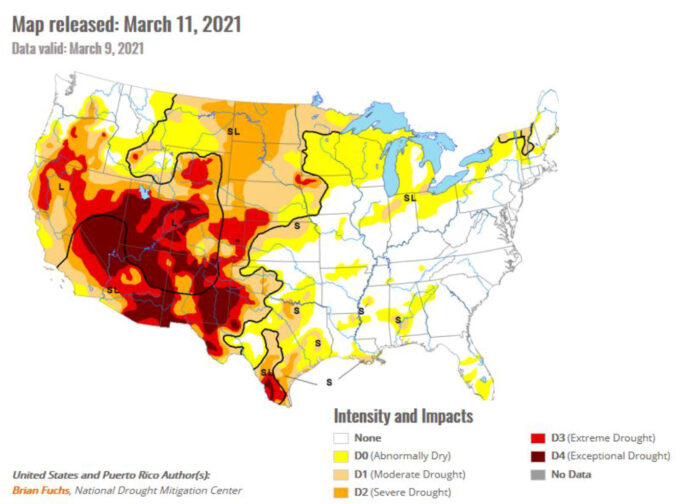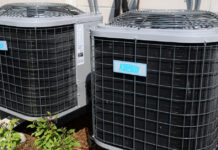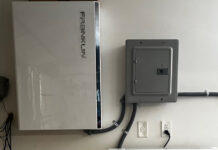Food Storage is one of the pillars of prepping. It’s a foundational, meaning something you should have before you stockpile things like extra tools, items for barter, or gold or silver. A supply of potable water for drinking, rehydrating food, and hygiene is even more critical as you will die of thirst far before you starve to death. This is why preppers group them together as food, water, and shelter.
As we head into 2021, an extreme drought in much of the Southwest is raising concerns about water shortages. (See the main image, above, which is part of a larger, more complete report available at https://droughtmonitor.unl.edu/.) Because water is required to grow vegetables, fruits and nuts in California and other states, a drought may negatively impact the food supply this coming year. Add to this the possibility that fingers of drought will continue to reach into the Midwest and plains states, and you can see how the grain might also be hurt.
Ironically, last year it rained so hard many farmers were not able to get corn in the ground in a timely manner. This just reinforces the point that our feed supply remains weather dependent.
Speaking of weather, let’s hope the West gets some heavy snow before winter is over; they need it to refill the snowpack and their reservoirs. And let’s not forget that drought conditions also can lead to an increased risk of wildfires.
Gardening
Last year, people planted home gardens because they were at home during the COVID crisis. This resulted in a shortage of seeds, seed-starting media, and other supplies. Let’s hope most of these beginning gardeners keep it up. We may need their output to help keep food prices low as weather pressure reduced supplies of common vegetables.
We recommend you follow the layered approach to prepping. In other words, you should have multiple ways to feed yourself during or after a SHTF crisis. In our case, we have stored food, but we are also planting a garden and working to raise bees and chickens. I own hunting rifles, shotguns, fishing gear, and we know the location of some wild plants that can be eaten.
Solar Power Ideas
It’s been a few months since I have discussed the possibility of adding some solar power to our house. Long-time readers will recall that at a minimum, I would like to have enough solar power to 1) Run lights in the living room (which would also run the blower on our fireplace insert), kitchen and basement; 2) do an occasional load of laundry; 3) recharge all our battery-powered devices; and 4) possibly run the freezer or at least a mini fridge.
As I look for ways to invest our stimulus check in our future, I am considering the Bluetti 200P, which is a “solar generator” that provides 2KWh of battery storage and includes a built-in 2000 watt inverter with a 4800 watt surge capacity. The Bluetti 200P include six AC outlets, four USB ports for device charging, a high-power USBC port, two wireless charging stations for phones, a cigarette lighter and two 3-amp 12V outputs for charging or running DC devices. That’s probably more charging power than we need, but you can see why someone living in a van or a small off-grid cabin would like it.
I would then build a very cost effective extra battery using four surplus electric scooter batteries, as described in this video:
Wow, that’s adding an additional 1,840 watt hours of power for less than $300. Then add two 300 to 350-watt solar panels and we would have system we could store in garage but if we need it, pull out the components and be up and running in minutes. If the grid is down for days (or permanently), we could plug in the solar panels and charge everything back up any time the sun shines.
A Small, Functional System
A small system like this would have multiple advantages over a whole-house system. Not only is it a fraction of the cost, allowing us to acquire it much sooner, but it doesn’t sit on the roof advertising to anyone and everyone that we have solar power. It would also be easier to maintain and stock spare parts.
I could also buy an inverter, another set or two of the scooter batteries, and skip buying the Bluetti. It would save some money. Or, I could buy an inverter in addition to the Bluetti, allowing me to have power in two locations. Hmm. Choices, choices.
Whatever I choose, I don’t think it will happen until summer. I’ve got enough projects to last me through the spring.








